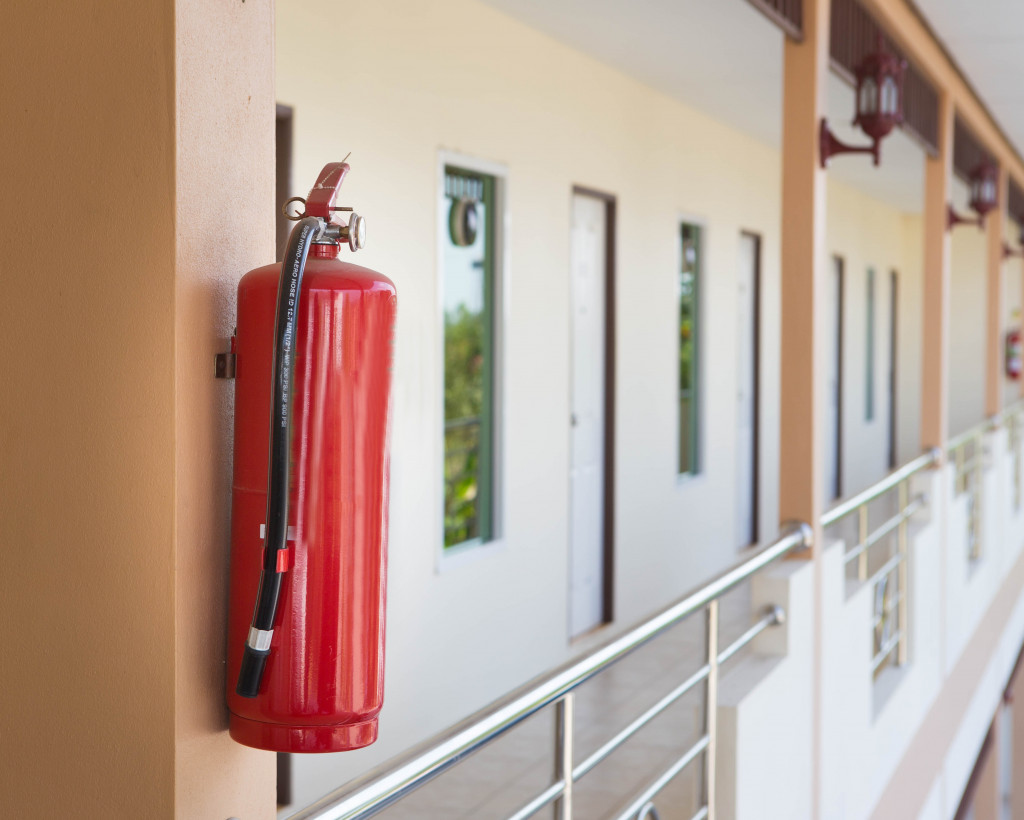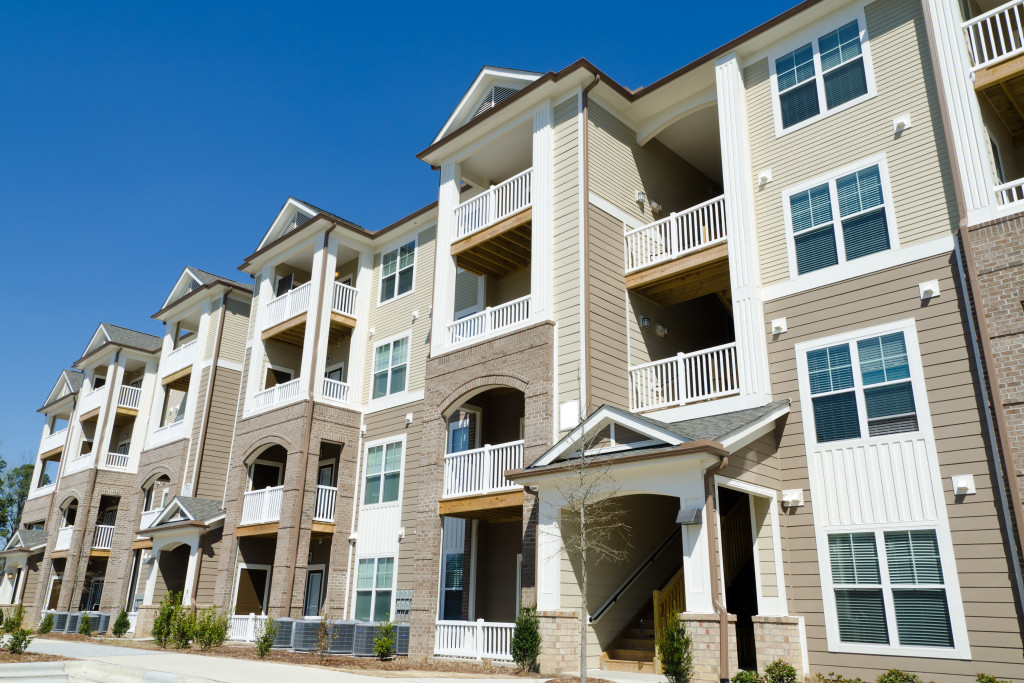Rental properties are among some of the most stable investments that a person can make. When well-maintained, they provide a regular and consistent stream of income. Given the right location, a rental property can appreciate over time, providing the investor with even more equity.
However, like any other type of investment, there are risks involved in owning and operating a rental property. You will be responsible for the comfort and safety of your tenants, including ensuring that the building is up to code and meets all safety standards. However, there will be a few responsibilities that landlords need to pursue.
Studies show that tenants are more likely to stay longer in a rental unit when they feel that their safety is a priority for the landlord. Many leases now require landlords to take measures to ensure the safety of their tenants proactively. Here are a few steps you can take to make sure your property is as safe as possible.
Property Lighting
One of the most important things you can do to ensure the safety of your tenants is to install and maintain adequate lighting around the property. This includes both exterior and interior lighting.
Exterior lighting should be bright enough to illuminate all areas of the property, including walkways, parking areas, and any common areas. Motion sensor lights are a good option for deterring would-be criminals.
Interior lighting should be just as bright, especially in common areas like hallways and stairwells. All units should have working light fixtures in every room. Every time a tenant moves out, check the light fixtures and replace any that are not working. There might be times when renters request assistance when it comes to changing light bulbs in hard-to-reach places. It will be ideal to have a maintenance staff or someone on call that can help with this.
Energy Efficiency
Not only is energy efficiency good for the environment, but it can also help improve safety in your rental property. Windows and doors that are not adequately sealed allow drafts and moisture to enter the unit. This can lead to mold and mildew, which can cause health problems for your tenants.
Ensure all windows and doors fit snugly in their frames and seal any gaps with weatherstripping or caulk. Check for drafts regularly, especially during the winter months.
Another way to make your rental property more energy efficient is to install energy-efficient light bulbs. These bulbs use less electricity and last longer than traditional incandescent bulbs, saving you money on your electric bill.
However, you might want to check for the entire building’s energy performance. Renters might be responsible for paying their respective utility bills, but it doesn’t mean you can’t help them.
Fire Safety

Another way to ensure the safety of your tenants is to install and maintain working smoke detectors and fire extinguishers in every unit. You should test smoke detectors monthly, and You should replace batteries.
It’s a good idea to require tenants to test the smoke detectors when they move in and provide you with written confirmation that they are in working order. You should also include a clause in the lease agreement stating that tenants are responsible for replacing batteries as needed.
Fire extinguishers should be placed throughout the property, such as in the kitchen, near exits, and in common areas. Landlords should check them monthly to ensure they are fully charged and in working order.
While preparation for fire is ideal, you must also remain alert for fire hazards. Gas leaking could be a fire hazard, so you must fix this problem immediately. Fortunately, you can get a gas safety certificate inspection to help you determine if there are any gas leaks in the building.
You should also be aware of any electrical hazards, such as overloaded outlets and frayed cords. These should be repaired or replaced as soon as possible.
It’s also a good idea to create an evacuation plan in case of a fire. This should be included in the lease agreement and posted in a common area, such as the laundry room or clubhouse.
The plan should include two exits from every unit, a designated meeting place, and contact information for the fire department. Tenants should practice the evacuation drill at least once a year.
General Maintenance
Another way to ensure the safety of your tenants is to perform regular maintenance on the property. This includes checking for trip hazards, such as loose carpeting or rugs, and repairing any damaged flooring.
Regularly inspecting the stairs, railings, and handrails are also a good idea. These should be repaired or replaced as needed to prevent injuries.
Other maintenance tasks include checking the gutters and downspouts for clogs and cleaning them out as needed. This will help prevent water damage to the property.
It would help if you also had the HVAC system serviced at least once a year to ensure it works properly. This will help keep tenants comfortable and prevent health problems caused by mold and mildew.
Final Thoughts
By following these steps, you can help ensure the safety of your tenants and prevent accidents and injuries. However, it’s also a good idea to have insurance if something happens.
Ensure you are familiar with your policy and what it covers to prepare you for an accident or disaster.




